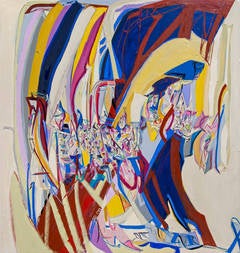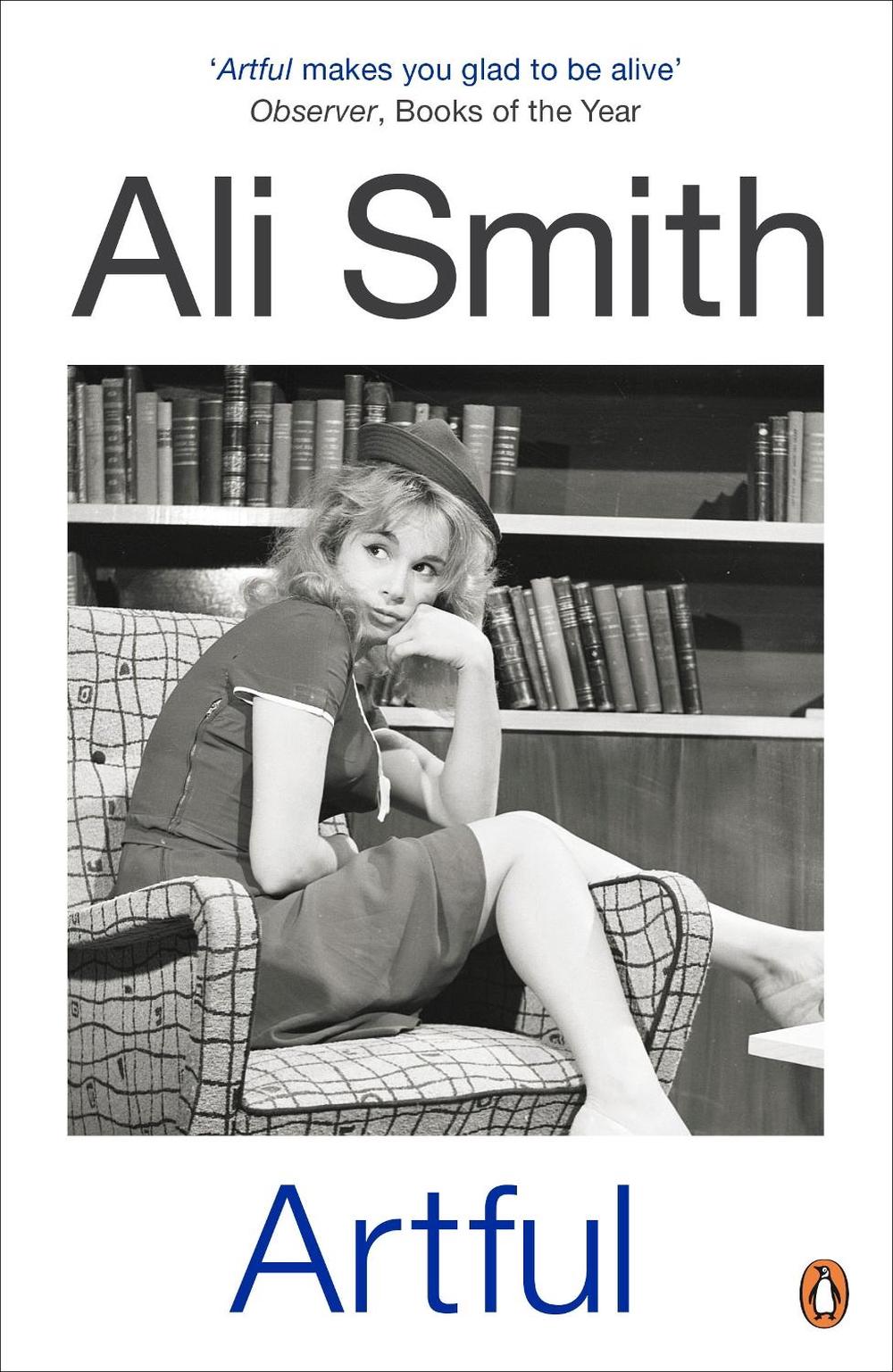


Then I looked at it again, to see how to say it.įerrara? Like in the Bassani novels? you called down.Īs it happened I'd quite recently, as recently as the Christmas holidays, read a couple of translations into English of novels by the great 20th-century Italian writer Giorgio Bassani, one of which you'd pressed on me after you'd opened it (the one called The Gold-Rimmed Spectacles) on the train home from London, and had got off that train, walked home, got through the front door and simply sat down on the couch not able to stop reading. Have you heard of this place in Ferrara called the, I said.

No, an arrow.ĭetails from Francesco del Cossa, Mese di Marzo (Month of March), Hall of the Months, Palazzo Schifanoia, Ferrara, c1469. It had three figures in it all floating in the same quite stunning blue, one then the next then the next: this worker, then a charming-looking woman in a flowing bright red dress, she was sitting literally floating in the air a little above a cheeky-faced goat or sheep whose fur was matted with, was it sun and stars? Then, next to them, a much more conventionally richly dressed, very pale young man, or woman? holding rather effetely a small gold hoop and a stick. On the facing page was a small rectangular strip that looked strangely like a comic strip. Her writing lifts the soul' - Evening Standard.Mese di Marzo (detail) by Francesco del Cossa at the Palazzo Schifanoia: 'between heaven and earth there's a blue strip of sky in which floating figures stand for astrological symbols… these figures actually act like a kind of magic.' Photograph: Heritage Image Partnership Ltd/Alamy 'She's a genius, genuinely modern in the heroic, glorious sense' - Alain de Botton. 'Brims with palpable joy' - Daily Telegraph. Passionate, compassionate, vitally inventive and scrupulously playful, Ali Smith's novels are like nothing else. Two tales of love and injustice twist into a singular yarn where time gets timeless, structural gets playful, knowing gets mysterious, fictional gets real - and all life's givens get given a second chance. There's the child of a child of the 1960s.

There's a renaissance artist of the 1460s. Borrowing from painting's fresco technique to make an original literary double-take, it's a fast-moving genre-bending conversation between forms, times, truths and fictions. How to be both is a novel all about art's versatility. WINNER OF THE SALTIRE SOCIETY LITERARY BOOK OF THE YEAR AWARD 2014. SHORTLISTED FOR THE MAN BOOKER PRIZE 2014.


 0 kommentar(er)
0 kommentar(er)
